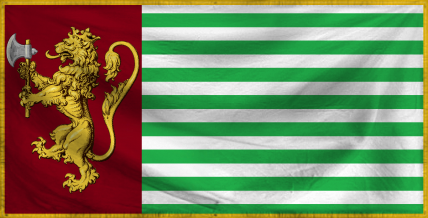

![]() by The Kingdom of Apilonia » Thu Jul 29, 2021 5:52 am
by The Kingdom of Apilonia » Thu Jul 29, 2021 5:52 am

![]() by Cotland » Fri Jul 30, 2021 5:40 am
by Cotland » Fri Jul 30, 2021 5:40 am

![]() by The Kingdom of Apilonia » Sun Aug 01, 2021 3:27 am
by The Kingdom of Apilonia » Sun Aug 01, 2021 3:27 am

![]() by Cotland » Sun Aug 01, 2021 9:16 am
by Cotland » Sun Aug 01, 2021 9:16 am

![]() by The Kingdom of Apilonia » Sat Aug 07, 2021 1:51 pm
by The Kingdom of Apilonia » Sat Aug 07, 2021 1:51 pm

![]() by Cotland » Sat Aug 07, 2021 3:16 pm
by Cotland » Sat Aug 07, 2021 3:16 pm

![]() by The Kingdom of Apilonia » Sun Aug 08, 2021 3:29 am
by The Kingdom of Apilonia » Sun Aug 08, 2021 3:29 am

![]() by Cotland » Sun Aug 08, 2021 11:03 am
by Cotland » Sun Aug 08, 2021 11:03 am

![]() by The Kingdom of Apilonia » Sun Aug 22, 2021 2:56 am
by The Kingdom of Apilonia » Sun Aug 22, 2021 2:56 am

![]() by Cotland » Sat Sep 04, 2021 5:48 am
by Cotland » Sat Sep 04, 2021 5:48 am

![]() by The Kingdom of Apilonia » Tue Sep 07, 2021 2:46 am
by The Kingdom of Apilonia » Tue Sep 07, 2021 2:46 am

![]() by Cotland » Sun Sep 12, 2021 6:36 am
by Cotland » Sun Sep 12, 2021 6:36 am

![]() by The Kingdom of Apilonia » Sun Oct 10, 2021 2:18 am
by The Kingdom of Apilonia » Sun Oct 10, 2021 2:18 am

![]() by Cotland » Sun Oct 10, 2021 6:33 am
by Cotland » Sun Oct 10, 2021 6:33 am

![]() by The Kingdom of Apilonia » Thu Oct 14, 2021 7:10 am
by The Kingdom of Apilonia » Thu Oct 14, 2021 7:10 am

![]() by The Kingdom of Apilonia » Thu Feb 24, 2022 7:06 am
by The Kingdom of Apilonia » Thu Feb 24, 2022 7:06 am

![]() by The Kingdom of Apilonia » Mon May 09, 2022 8:16 am
by The Kingdom of Apilonia » Mon May 09, 2022 8:16 am
Advertisement
Return to International Incidents
Users browsing this forum: Revolutionary Thalvand, The Eur-asian Federation, The Indios Bravos, Torrocca, Valhyrion
Advertisement